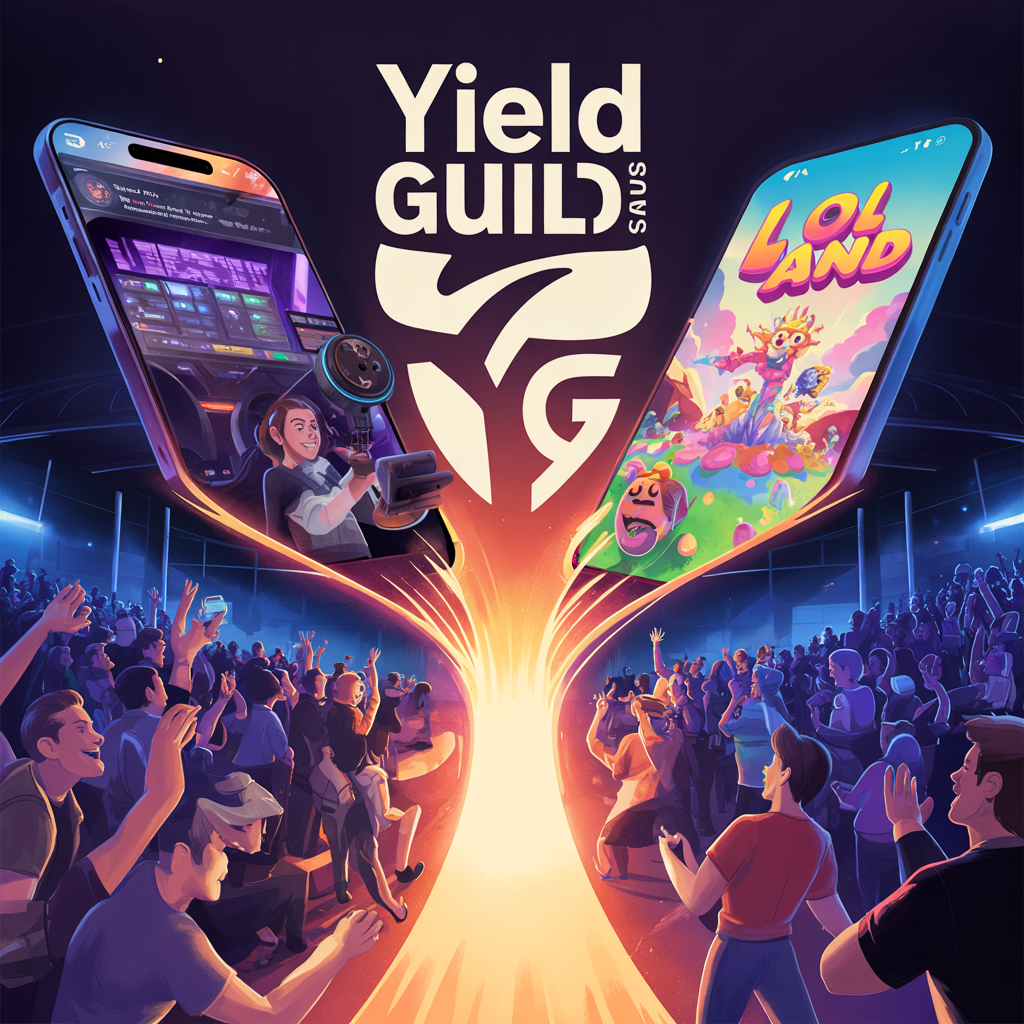YGG at a Turning Point

As the night in Manila approaches, YGG seems to be preparing for a major transformation: no longer just a crypto guild, but a web3 ecosystem of play-creation. The YGG Play Summit, which will take place from November 19 to 22, 2025, at SM Aura, Bonifacio Global City, serves as a real stage for that ambition. In the event map, YGG divides the city into 'Player District', 'Skill District', 'Degen District', and 'Arena', further demonstrating that they are targeting various layers of the gaming community: from casual players, creators to investors and tournament winners.
Their steps are serious. In the latter half of 2025, YGG is not just talking about scholarships and asset rentals, but truly channeling operational capital to drive active participation and liquidity. About 50 million YGG tokens are allocated from the treasury to the active ecosystem program, indicating a smart reinvestment effort. This is not just a strategy to liquidate the treasury: it is starting to feel like a statement that YGG wants its tokens to be used, not just stored.
Another important moment occurred when the YGG Play Launchpad was launched at the end of October 2025. This launchpad is designed for casual games with a token sale mechanism that emphasizes community involvement, featuring quests, staking, and play-to-airdrop rewards. Specifically, the LOL Land game became the flagship project in the early wave, giving users access to LOL tokens through missions and community activities.
From my perspective, this is a mature strategic rollout. YGG is not merely looking to 'rent players,' but to embrace players as part of a larger ecosystem narrative. If they can attract creators, casual players, and developers to remain active in YGG Play, then their scheme could be much more sustainable compared to traditional guild models.
However, not everything feels light. Tokenomics is something to be wary of: when funds are allocated to an active ecosystem, the circulating supply can increase, which could pressure prices if not matched by strong utility. On the other hand, market volatility in GameFi is still real, macro market pressures, non-massive game adoption, and the challenge of maintaining user retention are significant tests.
I am also paying attention to the long-term aspect: can the creator ecosystem in YGG grow organically? Campaigns like quests and early staking are indeed interesting, but what will determine success is whether creators will continue to make YGG content, and whether the player community will stick around not just because of airdrops or rewards, but because the game itself is 'fun.'
On the price side, YGG is still relatively low compared to past peaks. There is a prediction from CoinCodex that suggests YGG could reach around US$ 0.1238 in the near future, although the current technical sentiment is quite cautious. This indicates that the market sees some potential, but is also wary of risks that could arise from aggressive expansion schemes.
One perspective that may be less discussed: YGG is now like creating a 'mini-web3 city' at its Summit, a large laboratory. If they succeed in creating an active ecosystem at the real level (offline and online), rather than just a digital facade, it could become a new blueprint for other web3 game guilds or organizations. But if they fail to maintain activity after the Summit hype, the risk of 'play-to-dump' could haunt them again.
With all these steps, I increasingly believe that YGG is not just evolving; they are trying to redefine what it means to be a guild in the web3 era. And for anyone paying attention to game + community + web3 tokens, this is not an ordinary story: it is a grand experiment with high stakes.

